Behind the Scenes at PWC
Pacific Wildlife Care (PWC) has been an advocate for wildlife in San Luis Obispo County since 1984.
From that time we have grown from a small group of dedicated home rehabilitators into a successful non-profit organization with a well-equipped rehabilitation center, a full-time wildlife veterinarian, a small paid staff, and nearly 200 volunteers. In addition to the Rehabilitation Center, which is open every day of the year, we maintain a Wildlife Hotline that the public can call to report distressed wildlife (injured, sick, orphaned) and to receive information about our local wildlife.
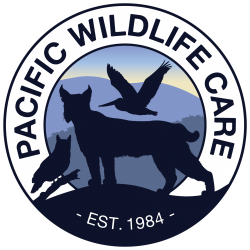
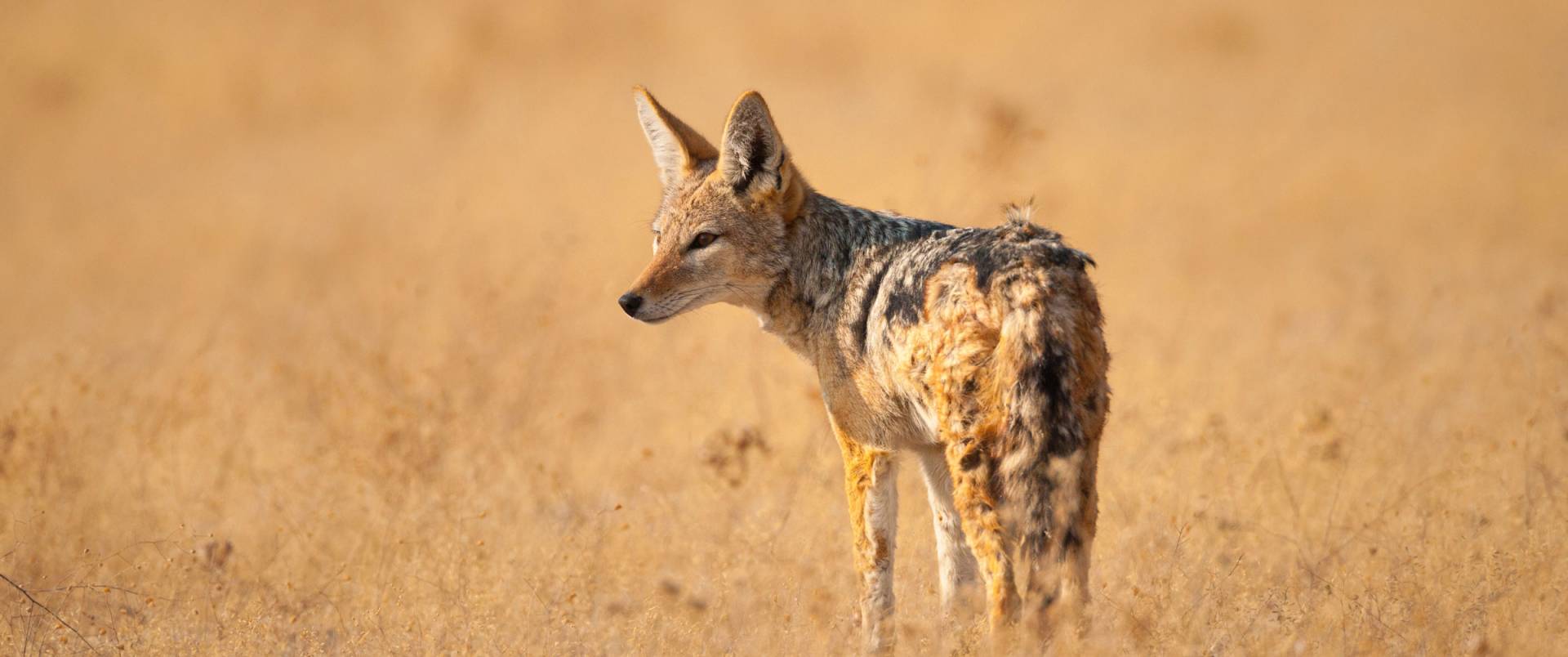
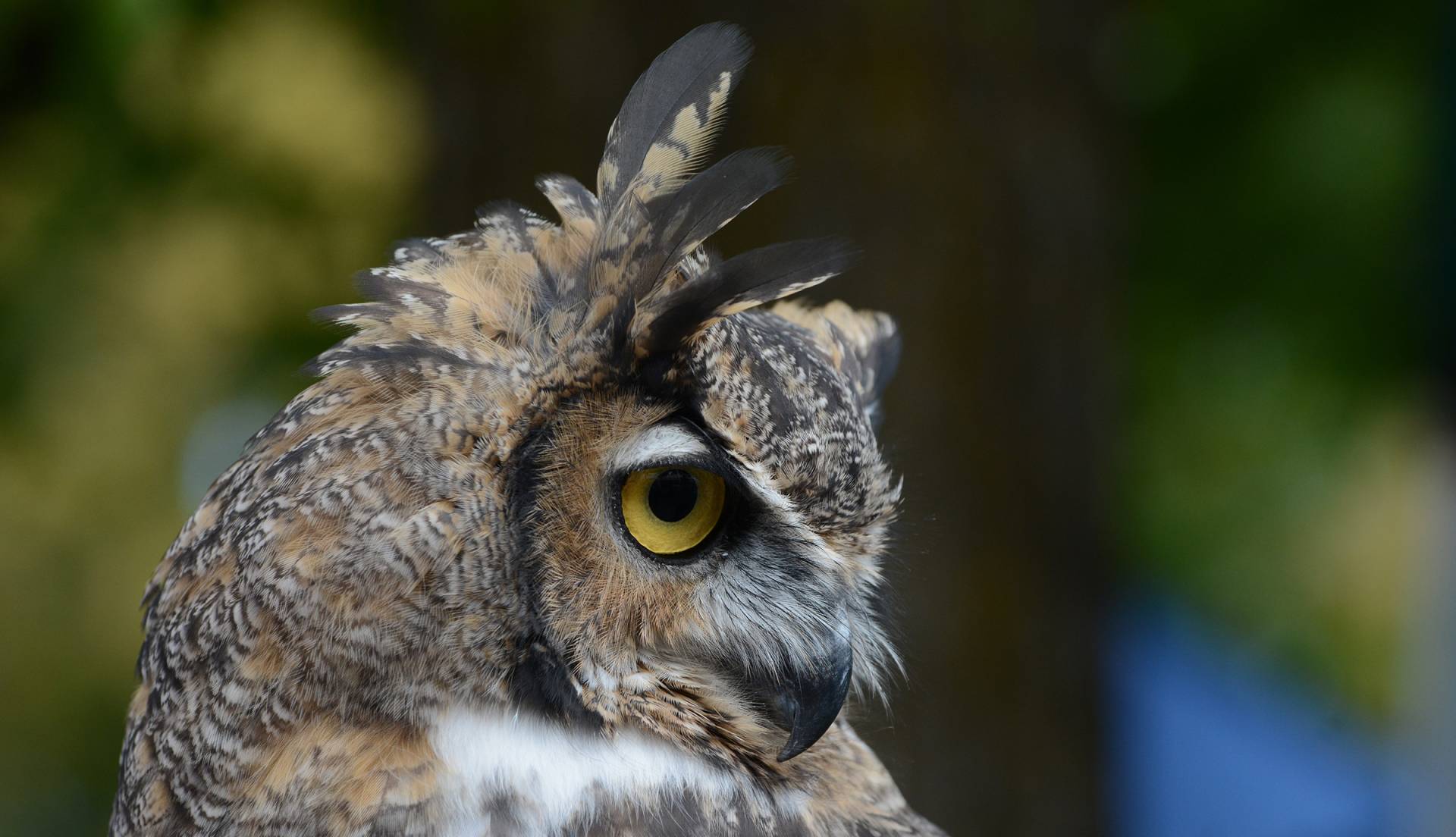
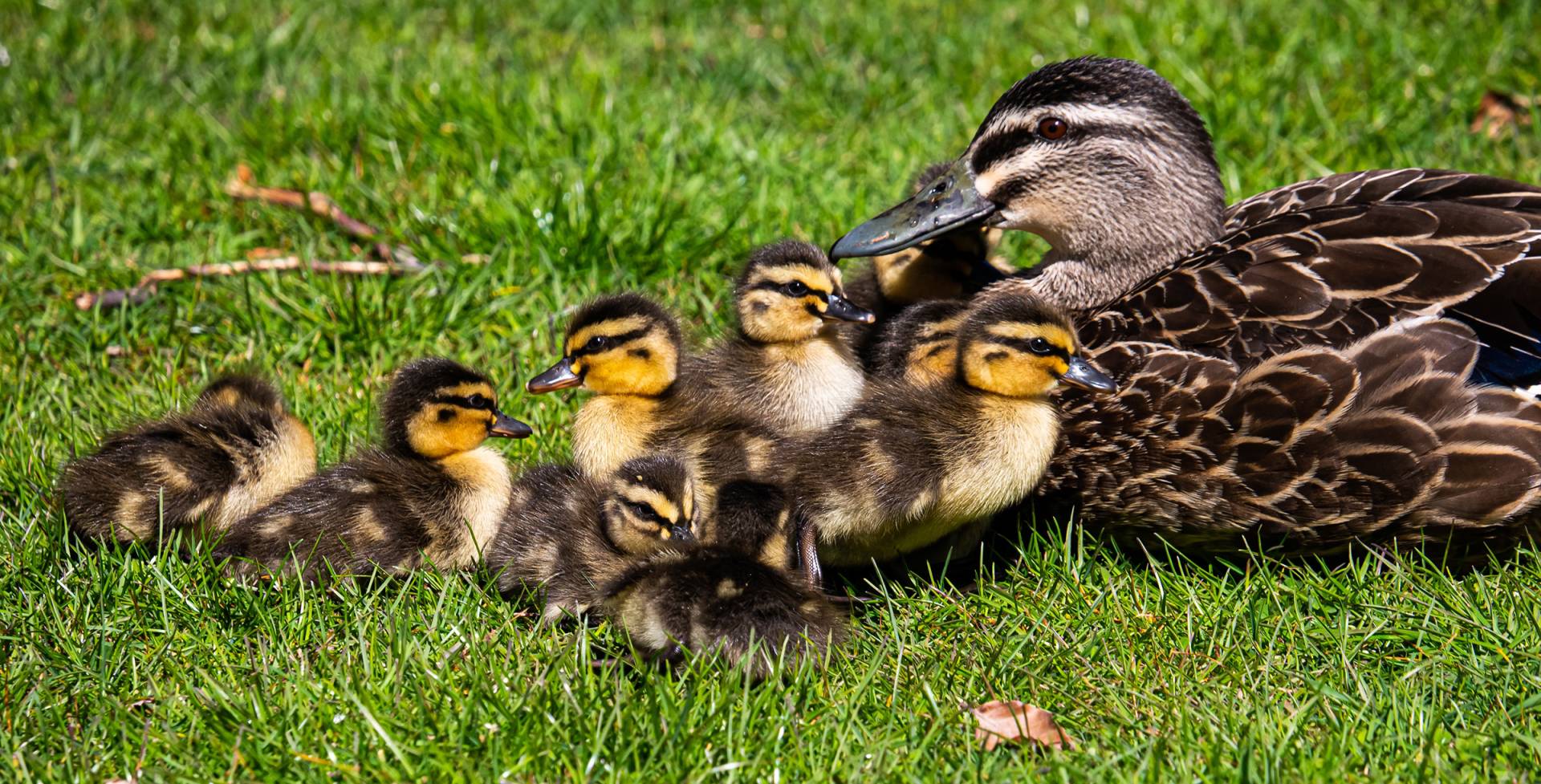
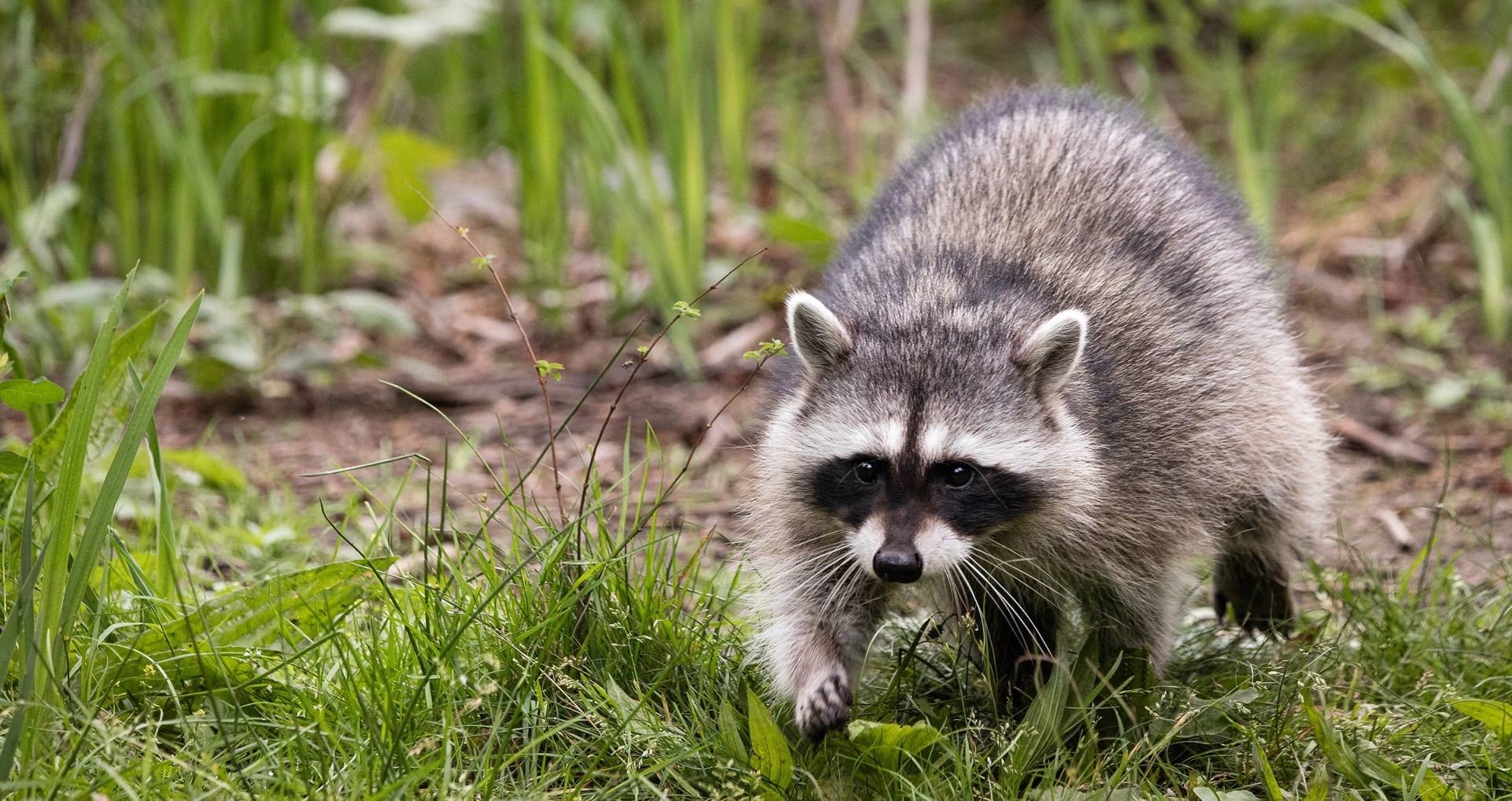
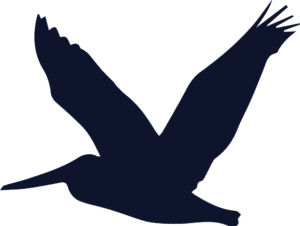
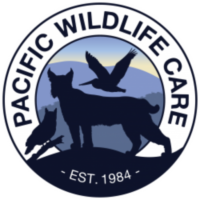
Facebook Posts
Come say hello to us at our PWC booth as we celebrate Earth Day! ... See MoreSee Less
Come say hello to us at our PWC booth! ... See MoreSee Less
Come see PWC celebrating Earth Day this weekend! We will have a booth and would love to see you! ... See MoreSee Less
PWC's Test Pilot
In May 2023, rehabilitated Brown Pelican 23-757 became the first ever pelican to be fitted with a promising new tracking device, just before release back to the wild - and in doing so made quiet history.
There are other means of tracking pelicans post-release, but they come with drawbacks. A standard auxiliary leg band, for example, is safe for the bird but depends on people who happen to notice the banded bird in the wild and to report it. A transmitter in a backpack with a harness, used for raptors, does not work well for - and can interfere with behaviors of - plunge-diving pelicans. After the 2015 Refugio Oil Spill, Deborah Jaques began thinking, "There must be a better way."
Jaques, a wildlife biologist and primary investigator with Pacific Eco Logic and the non-profit Pelican Science, was determined to "find a minimally invasive method to track pelicans." She approached a wildlife telemetry vendor, Cellular Tracking Technology, and with funding from OWCN (the Oiled Wildlife Care Network), a lightweight electronic leg band was produced. Among the innovations of the "eBand," as they've called it, are its antenna and power element. Instead of an external whip antenna as on other devices, the eBand's antenna is coiled within it. And the power element is hybrid, with a solar panel and tiny internal battery to charge it. Pelicans wearing the eBand can be tracked via the Motus Wildlife Tracking System, with its network of new, rapidly expanding stations being installed in California.
With federal and state permits in place for this pilot study, and after an extensive search for a releasable pelican, PWC Clinic Director Vann Masvidal provided health records for suitable candidates, and Brown Pelican (BRPE) 23-757 was chosen.
Deborah Jaques traveled to Morro Bay for the momentous occasion. Masvidal gently captured the (appropriately numbered!) 23-757 from the flight aviary, and Jaques fitted the bird with the eBand. They observed the pelican back in the aviary before releasing him in the bay the next day.
Six days after release, our BRPE 23-757 was detected as far north as Elkhorn Slough, about 140 miles from Morro Bay, and two days later 122 miles from there, at Bolinas Lagoon, before returning to Elkhorn Slough. Just before the end of the study, our traveling pelican had flown north to Tomales Bay and back to Bolinas Lagoon.
From this study of our own avian test pilot and subsequent test subjects, we've learned that the eBand works well; that electronic reception may be limited in harbor environments but is better over water and in areas without buildings; and that tracking will be more efficient when more Motus stations are installed. With further testing and refinement, Jaques says, it is hoped that this system "will provide long-term data on... pelican survival and movements and... yield new discoveries about use of the Pacific Flyway."
✍️ Pam Hartmann
#brownpelican #bandedbird #eband #morrobay #california #pelicans #wildliferehab #wildliferelease ... See MoreSee Less